Table of Contents
What Are the Key Spices in Chili? (Direct Answer)
The core spices in traditional chili include cumin, paprika, chili powder, garlic powder, onion powder, oregano, and bay leaves. These seven ingredients form the essential flavor foundation that defines authentic chili. Cumin provides earthy depth, paprika adds color and subtle sweetness, chili powder delivers the signature heat, while garlic and onion powders build savory umami. Oregano contributes herbal brightness and bay leaves add complex depth through slow simmering.
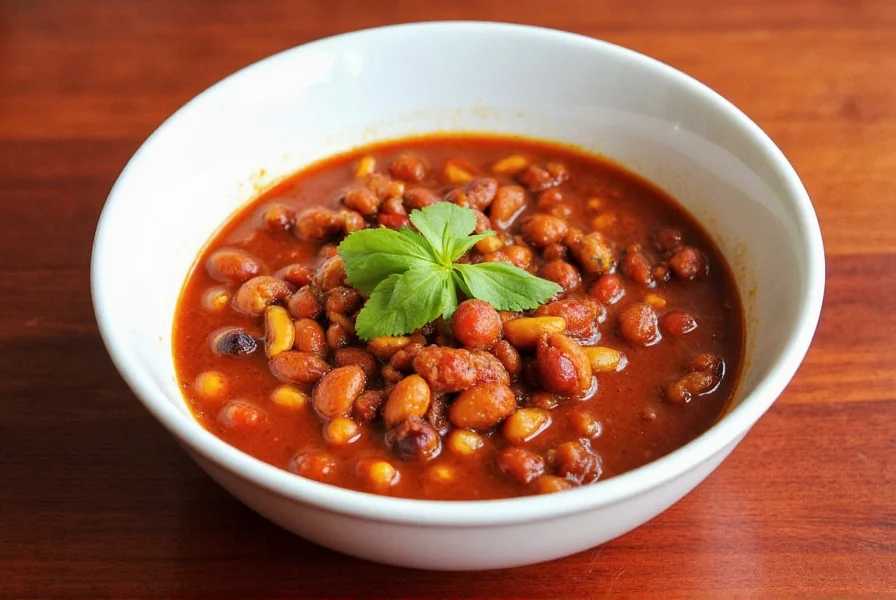
Understanding Chili Spice Fundamentals
Chili is unique among dishes because its flavor profile is primarily defined by spices rather than proteins or vegetables. Unlike soups or stews where main ingredients dominate, chili relies on precise spice combinations to create its characteristic warmth, depth, and complexity. The magic happens when these spices interact during slow cooking, transforming simple ingredients into a rich, layered dish.
Key principles for chili spice success:
- Spices must be added at the right cooking stage for optimal flavor release
- Balance between heat (from chilies) and warmth (from cumin, paprika) is critical
- Whole spices like bay leaves should be added early for slow infusion
- Dried spices benefit from toasting before adding to enhance their aromatic compounds
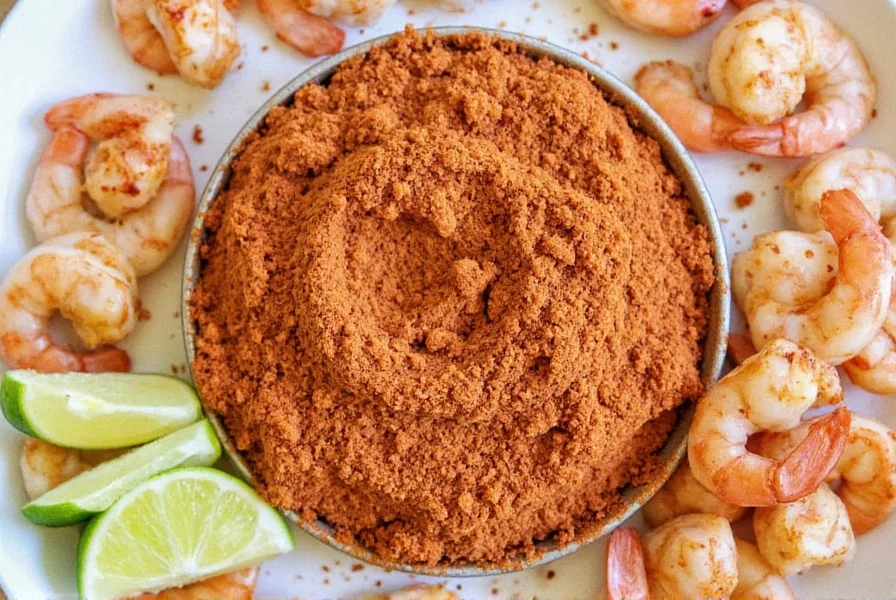
The 7 Essential Spices for Authentic Chili Flavor
While chili recipes vary regionally, these seven spices form the universal foundation of authentic chili:
- Cumin: The backbone spice providing earthy, nutty depth. Use 1-2 tsp per pound of meat. Toasting cumin seeds before grinding releases maximum flavor.
- Paprika: Sweet or smoked varieties add color and subtle sweetness. Smoked paprika creates deeper complexity for winter chili.
- Chili Powder: A blend of ground chilies (typically ancho, guajillo, or cayenne) plus cumin and oregano. Look for pure chili powder without fillers.
- Garlic Powder: More consistent than fresh garlic for chili. Provides savory umami without burning during long cooking.
- Onion Powder: Complements garlic powder with sweet, savory notes. Avoid fresh onion as it can become bitter during simmering.
- Oregano: Mexican oregano (not Mediterranean) offers brighter, citrusy notes. Use sparingly (1/2 tsp per pound) to avoid overpowering.
- Bay Leaves: Added whole and removed before serving. They release subtle herbal notes during slow cooking that enhance overall complexity.
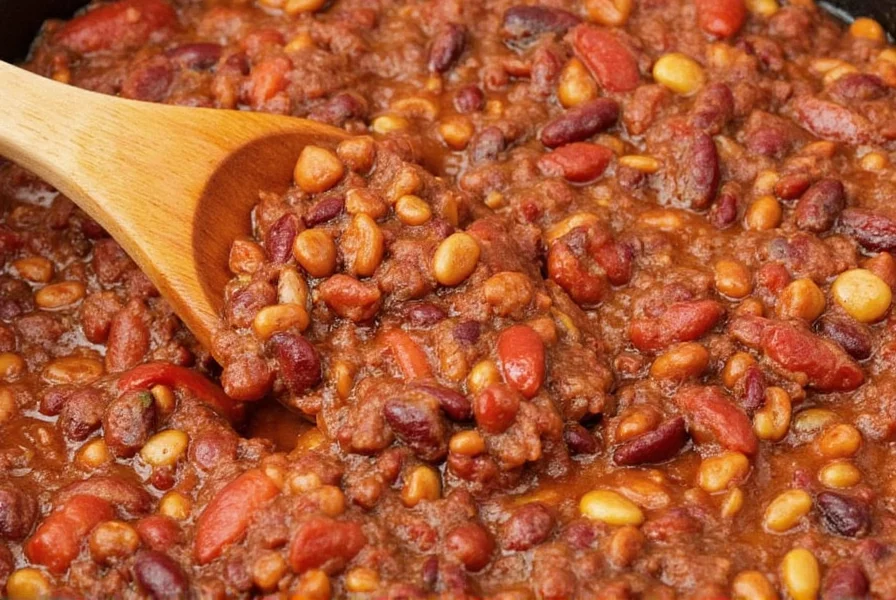
Proven Techniques for Spice Usage
Mastering chili spice techniques separates good chili from great chili:
- Toast Spices: Dry-toast cumin, paprika, and chili powder in a pan for 30-60 seconds before adding liquid. This releases essential oils and intensifies flavor.
- Layered Addition: Add garlic and onion powder early with meat browning. Add dried herbs (oregano, bay leaves) during simmering. Add cayenne or fresh chilies toward the end for controlled heat.
- Heat Balance: For mild chili, use sweet paprika and reduce cayenne. For medium heat, add 1/4 tsp cayenne per pound of meat. For extra heat, use chipotle powder instead of cayenne.
- Acid Balance: Add 1 tbsp vinegar or lime juice at the end to brighten flavors and balance richness.
- Resting Time: Let chili rest 15-20 minutes after cooking. This allows flavors to fully integrate and mellow.
| Spice | Best For | Recommended Brand | Why It Works |
|---|---|---|---|
| Cumin | Earthiness and depth | McCormick | Consistent flavor profile with no additives |
| Paprika | Color and subtle sweetness | Penzeys | High-quality, vibrant color with no bitterness |
| Chili Powder | Signature heat and complexity | Simply Organic | Pure chili blend without fillers or anti-caking agents |
| Oregano | Mexican-style herbal notes | Frontier Co-op | Authentic Mexican oregano with bright citrus notes |
| Smoked Paprika | Deep, smoky complexity | Sabra | Real smoked flavor without artificial additives |
When purchasing spices, always check expiration dates. Spices lose potency after 6-12 months. For best results, buy whole spices and grind them fresh before use.
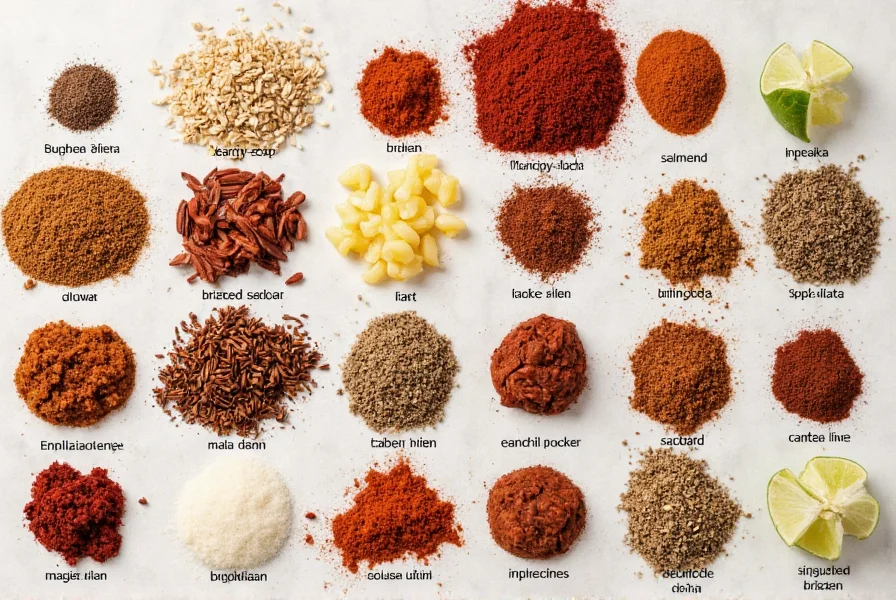
Chili Spice FAQs: Expert Answers
What are the essential spices in traditional chili?
The essential spices in traditional chili include cumin, paprika, chili powder, garlic powder, onion powder, oregano, and bay leaves. Cumin provides earthy depth, paprika adds color and sweetness, chili powder delivers the base heat, while garlic and onion powders build savory foundation. Oregano contributes bright herbal notes and bay leaves add subtle complexity through slow simmering.
What spices are in chili powder?
Authentic chili powder contains ground dried chilies (typically ancho, guajillo, or cayenne), cumin, garlic powder, onion powder, and oregano. Commercial blends often include fillers like wheat flour or anti-caking agents. For best results, make your own blend using 4 parts chili powder, 2 parts cumin, 1 part garlic powder, 1 part onion powder, and 1/2 part oregano.
How can I make my chili less spicy without losing flavor?
To reduce heat while maintaining flavor: 1) Add 1-2 tbsp tomato paste to balance acidity, 2) Stir in 1 tsp sugar to counteract heat, 3) Increase non-spicy ingredients like beans or tomatoes, 4) Add 1 tbsp vinegar to brighten flavors without heat. For future batches, reduce cayenne and increase smoked paprika or sweet paprika for depth without heat.
What's the difference between chili powder and cayenne pepper?
Chili powder is a blend of ground chilies (mild to medium heat), cumin, garlic powder, and oregano, providing complex flavor with moderate heat. Cayenne pepper is pure ground cayenne chilies with intense heat (30,000-50,000 Scoville units) and minimal flavor complexity. Use chili powder for flavor foundation and cayenne sparingly for heat boost.
Can I make chili without traditional chili spices?
Yes, but the result will not be traditional chili. Without cumin and paprika, you lose the signature chili flavor profile. Alternatives include: 1) Chipotle powder for smoky heat, 2) Coffee for depth (use 1 tbsp instant coffee), 3) Cocoa powder for richness (1-2 tsp), 4) Liquid smoke for smokiness. However, omitting core spices like cumin and paprika will create a dish that lacks authentic chili character.
When should I add spices to my chili for best results?
For optimal flavor: 1) Toast cumin, paprika, and chili powder before adding to meat, 2) Add garlic and onion powder during meat browning, 3) Add dried herbs (oregano, bay leaves) with liquid ingredients, 4) Add cayenne or fresh chilies in the last 15 minutes of cooking. This layered approach ensures each spice releases its flavor at the ideal time.
Final Thoughts on Chili Spice Mastery
Understanding the seven essential spices and their proper usage transforms chili from a simple dish into a culinary masterpiece. The key is not just knowing which spices to use, but how to balance them for optimal flavor development. Remember: 1) Quality ingredients matter more than quantity, 2) Proper technique unlocks maximum flavor potential, and 3) Consistent practice refines your spice intuition.
With these principles, you'll consistently create chili with rich, layered flavors that satisfy every palate. Whether cooking for family dinners or competitive chili contests, mastering these spice fundamentals ensures your chili stands out from the rest.

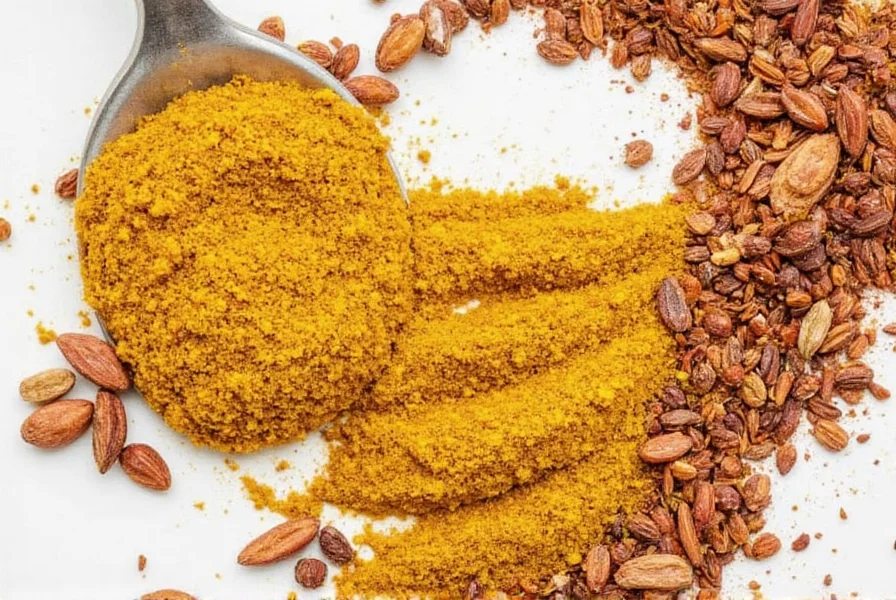
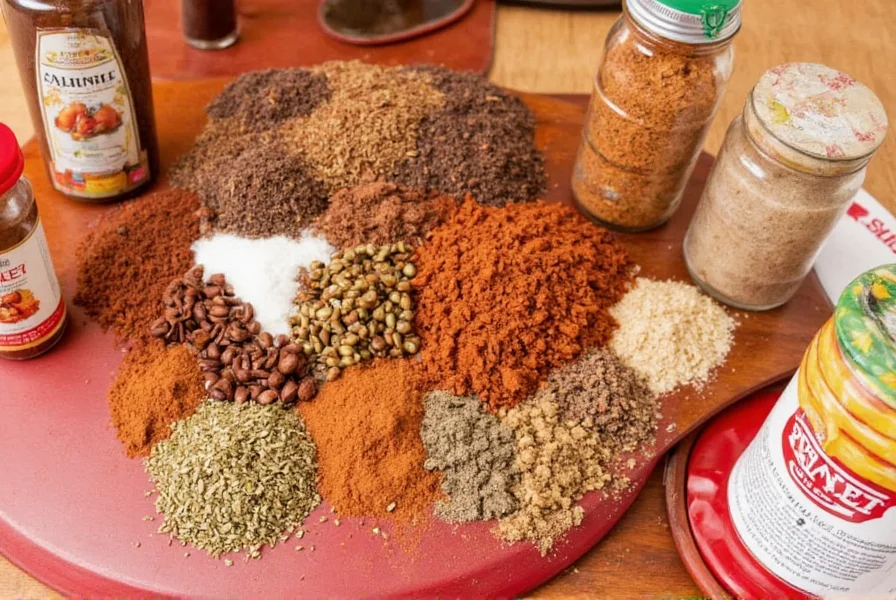












 浙公网安备
33010002000092号
浙公网安备
33010002000092号 浙B2-20120091-4
浙B2-20120091-4